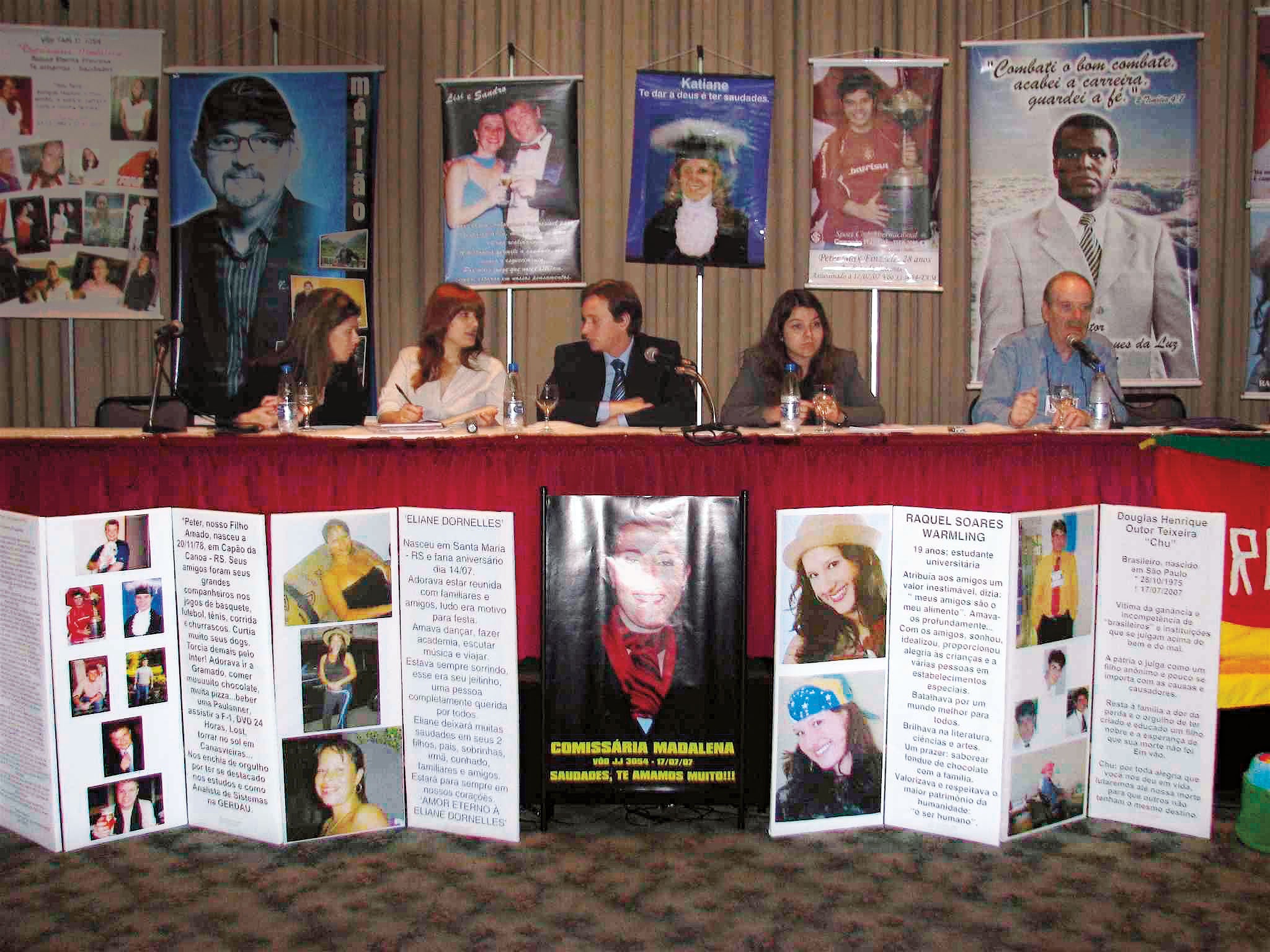“Late Justice is not Justice, but manifest injustice,” wrote Ruy Barbosa de Oliveira (1849-1923), perhaps the most prominent jurist and statesman in the history of Brazil. I was struck by these words during my first year of law school in São Paulo. They haunted me during my years of litigation practice, and were ever-present in 2007, in the aftermath of the largest aircraft accident in the history of Latin America.
On July 17, 2007, TAM airlines Flight 3054 lost control and crashed into a building in the heart of São Paulo, killing 199 people. In an instant, hundreds of potential lawsuits were created.
In Brazil, the process of providing compensation and relief to the beneficiaries of victims of mass disasters typically resembles a long, painful crusade. Lawsuits for compensation of this kind last an average of 14 years. I knew there had to be a better way. And, in fact, I’d caught more than just a glimpse of it the year before, when I was a student at Harvard Law School.
Professor Robert Bordone [’97] and Professor Emeritus Frank E.A. Sander’s [’52] Dispute Systems Design class helped me to see that a hard-headed, yet creative approach to lawyering could help transform seemingly intractable problems, giving people better, more just outcomes in a shorter period, with more stakeholder participation.
When the TAM plane crashed, I had been working as chief of staff at the Secretariat of Economic Law of the Ministry of Justice for three months. I was determined that DSD could be used to advance the interests of the families of those who lost their lives and to avoid the enormous costs that would have been borne by the already taxed Brazilian court system. I took it upon myself to propose an unprecedented compensation strategy for the beneficiaries of the victims. It took some persuading; the project involved many political risks. For one, the government would have to face the awkward discussion about the price we put on human life and the inadequacy of our compensation system. But the possible benefits outweighed the risks. I was given the go-ahead and began the next step, persuading stakeholders to design and participate in a sophisticated alternative dispute resolution system for the resolution of claims.
There, too, I was met with substantial skepticism and resistance. The airline and insurance companies were unwilling to try a new approach on an accident of such magnitude. Some attacked me for being overly academic. Companies that had supported the idea at first then rejected it completely. Many family members continued to distrust the airline. After nine months of negotiation over the design of the system, the beneficiaries of 80 victims decided to pursue their claims in court, rather than through ADR.
But I persisted, and the “Câmara de Indenização 3054”—the first-ever Brazilian claims resolution facility—was opened on April 24, 2008. It featured an assistance division, staffed by people hired and trained by me to assist the beneficiaries in filing their claims. Neutral representatives were present at every meeting the family members had with the companies. We also created an advisory arbitration committee, in which the public authorities would issue nonbinding opinions to help the parties resolve their disputes. This reduced the distrust and unrealistic expectations among the beneficiaries, while protecting them from eventual opportunistic offers from the airline and insurance companies. One year after we opened the facility, 200 people—the beneficiaries of around 55 victims—were compensated. We also assisted the beneficiaries in litigation, leading 90 percent of them to settle.
The new system has received much attention and is widely viewed as a success. The legal counsels of the airline and the insurance company said they spent less on legal fees and more on compensating families than they would have under the old model, solving the problem as a whole with fewer costs. Family members reported that the system’s transparency and impartiality helped them get through their ordeals with more tranquillity.
CI 3054 is a milestone in the development of DSD, negotiation and ADR in Brazil. It offers a real-life example of how it is possible to fix complex problems by changing the way you think about and practice law. The case has inspired others in Brazil to consider the creation of other claim resolution facilities like CI 3054, not only for new mass tort dispute cases, but also for other cases where citizens struggle for compensation for 10 or even 20 years in the courts.
I am now participating in a government commission proposing an entire section on ADR in a legislative bill that aims to reform class-action procedures in Brazil. I hope my efforts—in this case and future ones—will help advance the best practices of ADR in Brazil and make sure that timely Justice, true Justice in the words of our statesman, is seen more often in the country.
